 Totty's Black Smith Shop
Totty's Black Smith Shop
Time Period: Post-Reconstruction through the Gilded Age (1875 - 1900) - Starting with T
 Totty's Black Smith Shop
Totty's Black Smith Shop
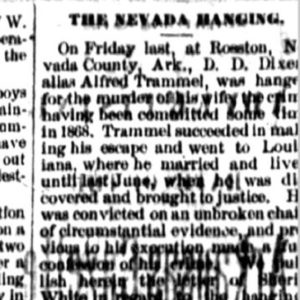 Trammell Execution Story
Trammell Execution Story
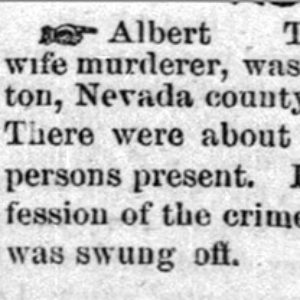 Trammell Execution Story
Trammell Execution Story
Trammell, Albert (Execution of)
Trinity Episcopal Cathedral
Tucker, Francis William (Frank)
Tucker, James (Execution of)
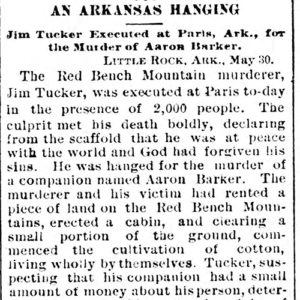 James Tucker Execution Story
James Tucker Execution Story
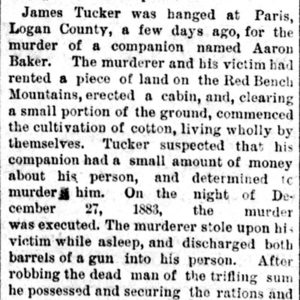 James Tucker Execution Story
James Tucker Execution Story
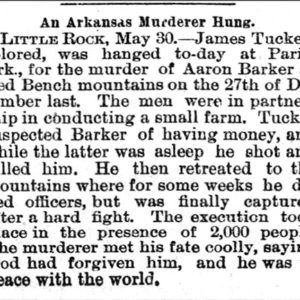 James Tucker Execution Story
James Tucker Execution Story
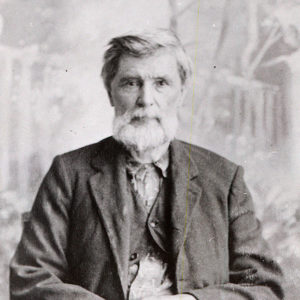 Silas Turnbo
Silas Turnbo




